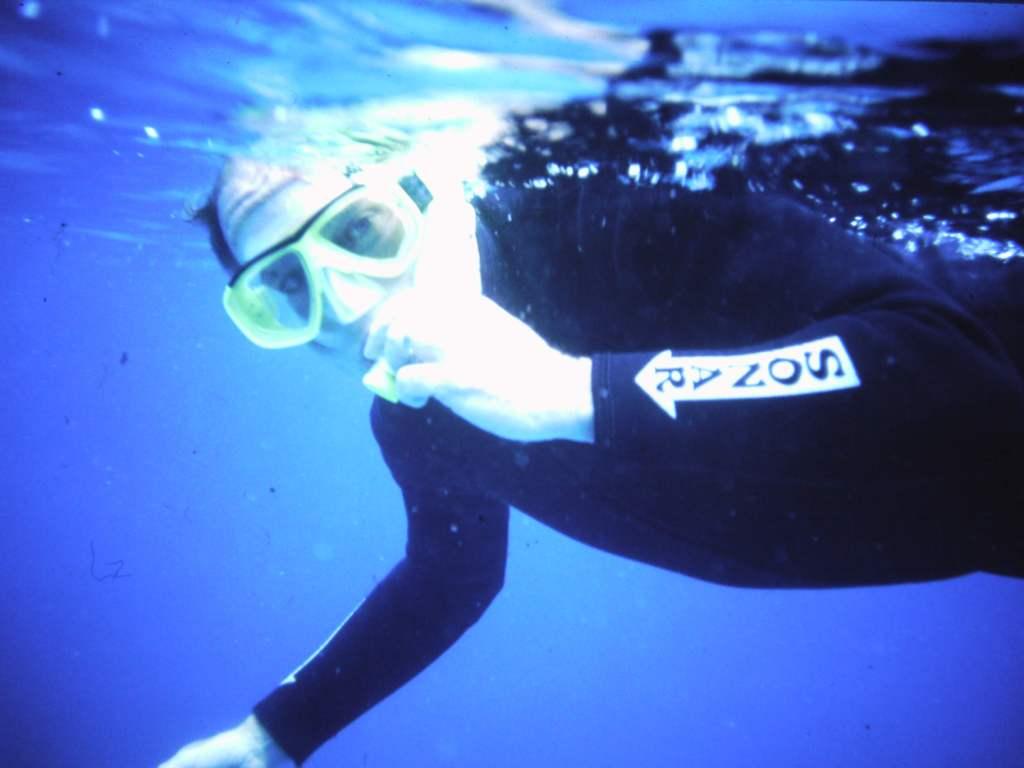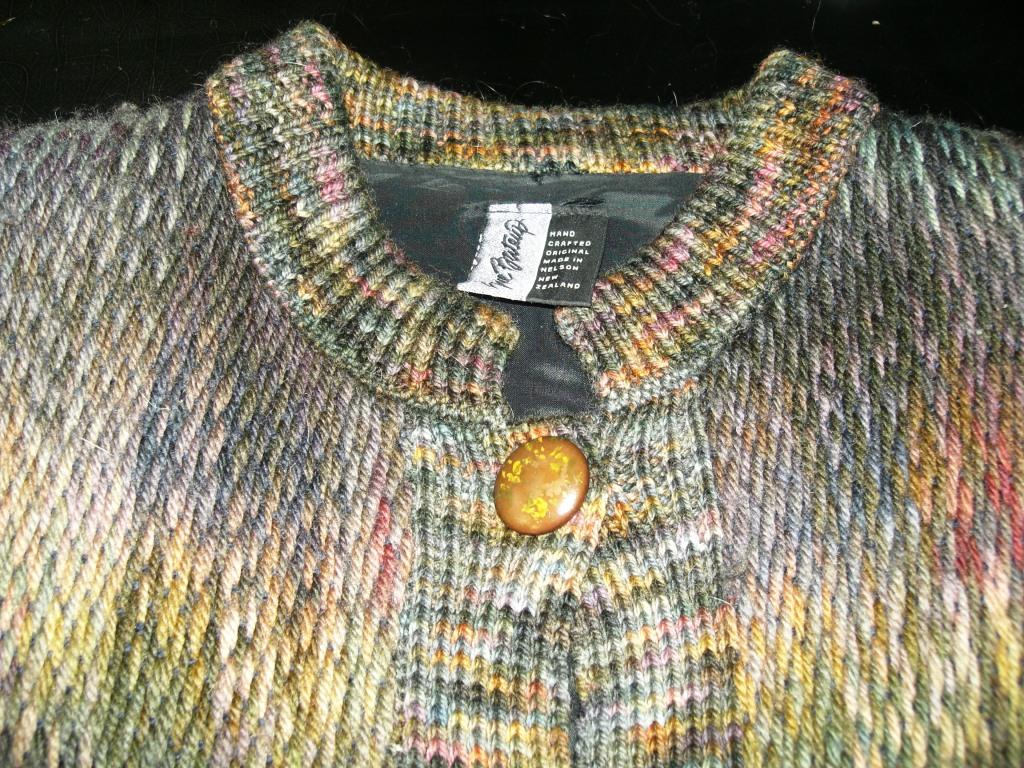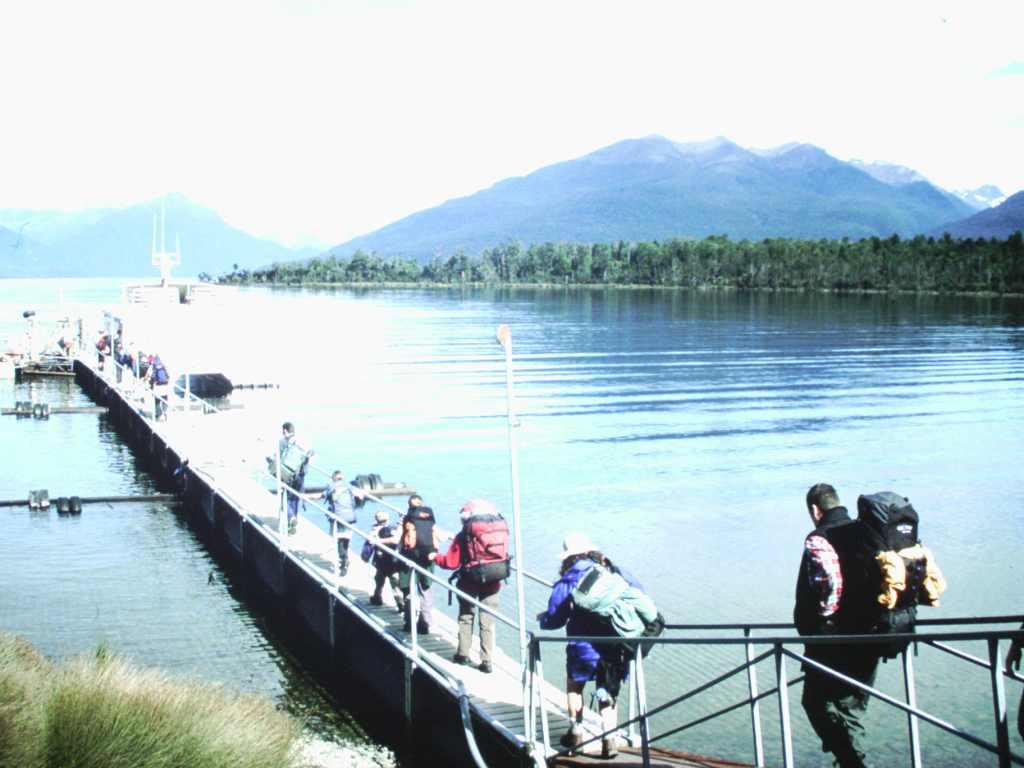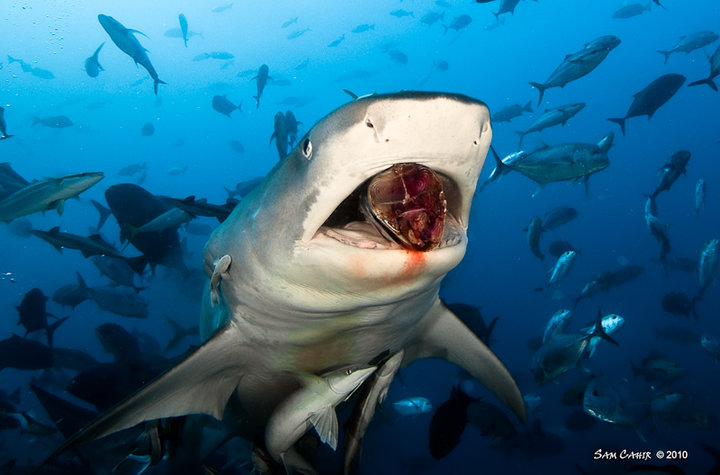The sound is something like a cross between a scalded cat, a wailing baby, and a tormented ghost. It echoes through the night, one tortured cry following the other, ripping through the air on this coral atoll.
I’m at Heron Island, a coral atoll located at the southern end of the Great Barrier Reef, just on the tropic of Capricorn. Heron island is one of Australia’s prime tourist destinations for scuba divers and snorkelers interested in visiting the Great Barrier Reef.
But Heron Island has other occupants, and they aren’t quiet neighbors.
The haunting cries come from neither cats nor babies nor ghosts; they are the cries of birds, tens of thousands of them, nesting, invisible, in underground burrows in the island sand. If you are going to share the island with its unyielding avian residents, you are going to have to get used to it, or you wear earplugs, available at the resort check-in desk.
The Birds of Heron Island
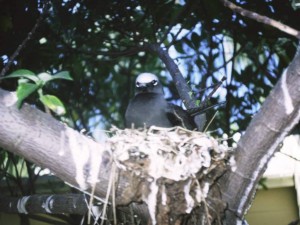
A bit of clarification here: The “herons” the island is named after are egrets, not herons, and neither is responsible for the noise. You might be inclined to blame the noise on the black noddies (Anous minutus minutus), about 70,000 of whom descend on the island during the nesting season and claim space on every available tree branch, some at eye level and in full view of the people walking past. Indeed, during nesting season, it is impossible to walk past a tree without exchanging glances with a dozen or more nesting noddies. But populous though they may be, the noddies are silent.
It is the wedge-tailed shearwater (Puffinus pacificus), or muttonbird, who make the nocturnal racket. The birds travel during the day and return to the island at night to nest. They settle in and then start yelling at the top of their lungs.
So, a warning: If 70,000 noddies, tens of thousands of shearwaters, egrets, and a list of 30 – 40 species of other endemic and migratory birds including buff-banded rails, silver gulls, white-breasted sea eagles, turnstones, and lesser golden plovers, bring to mind visions of Alfred Hitchcock’s The Birds, this might not be the best destination for you.
Scuba Diving at Heron Island
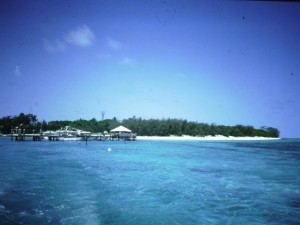
On the other hand, the rich and cacaphonous variety of bird life is mirrored in the vibrancy of coral reef life below the sea, making this an ideal destination for both birdwatchers and divers. Heron Island is one of the few places where divers can actually stay on an atoll that is part of the Great Barrier Reef. Staying on the reef means no long boat rides — and more time for diving. Indeed, most of the boat dives at Heron Island take place about 10 to 15 minutes from shore, unless you sign on for a specialty day-long “adventure dive” excursion.
Divers can expect to see up to 900 of the approximately 1,500 fish species that live along the Great Barrier Reef, along with about 72 percent of the reef’s coral species. Sightings of black and white tipped reef sharks are common, as are sightings manta rays (which often swim near the island’s pier) and sea turtles. The occasional lucky guest may even see a whale shark. Night dives have abundant species of interest, including lionfish and a variety of eels.
Dives are fully guided, with buddies assigned and air gauges checked at the end of dives. The schedule is a two-tank dive in the morning, a one-tank dive in the afternoon, and frequent night dives. All rental gear is available.
Heron Island Resort
Heron Island is about 800 meters (2,600 ft) long, and about 300 meters (980 ft) at its widest point. The eco-resort takes up most of the island, which is also protected as a marine national park. There is also a coral reef research station operated by the University of Queensland.
This resort is best suited to divers and snorkelers, although other activities and facilities (spa, tennis courts, a pool, and beaches) also make Heron Island a good choice for a read-a-book-on-the-beach vacation. Nature lovers, especially children, will appreciate the semi-submersible and the nature tours, which include bird watching, wading tours around of the shallow reefs at low tide, and tours focusing on endangered species such as green and loggerhead turtles, which nest during the Australian summer, and occasional visits from hawksbill turtles.
During sea turtle season, you can sit on the beach after midnight, and, if you’re lucky, you might be able to watch a mother turtle laboriously crawl up to the tide line to dig a hole and deposit her eggs in the sand. That’s the sum total of her maternal responsibility: Once the hole is dug, the eggs and the subsequent hatchlings are left to their fate. Egg laying begins in November and continues through to March. Hatching begins in January and runs though May, so the best time to see turtles laying or hatching is from January to March.
Practicalities
Accommodations are in well-appointed cabins. There are several levels, priced by size and proximity to the beach. Prices, including breakfast, start at around $270US per two-person room, depending on season, and rise steeply from there. Facilities are bright, clean, and appealing; the resort caters to divers who don’t want a “diving dive” but aren’t quite willing to shell out for the luxury prices at Lizard Island, the Great Barrier Reef’s other famous and even more upscale on-reef resort. Special packages are available combining various elements of meals, dives, and multi-night stays. Meals are available a la carte or buffet style, with different offerings and themes every night. Think about the buffet option on a cruise and you’ll get a pretty accurate picture. No camping and no day trips are permitted, giving the island an exclusive, private feel.
Guests arrive by ferry or helicopter from Gladstone. The ferry trip is about two and a half hours, and the ride can be rough if you’re subject to seasickness. The helicopter takes about half an hour.
2019: Updated prices. Other information remains accurate. The birds still scream.
